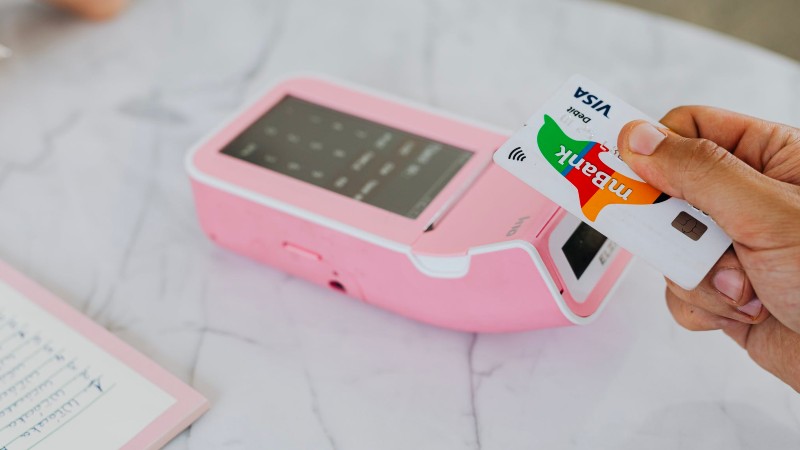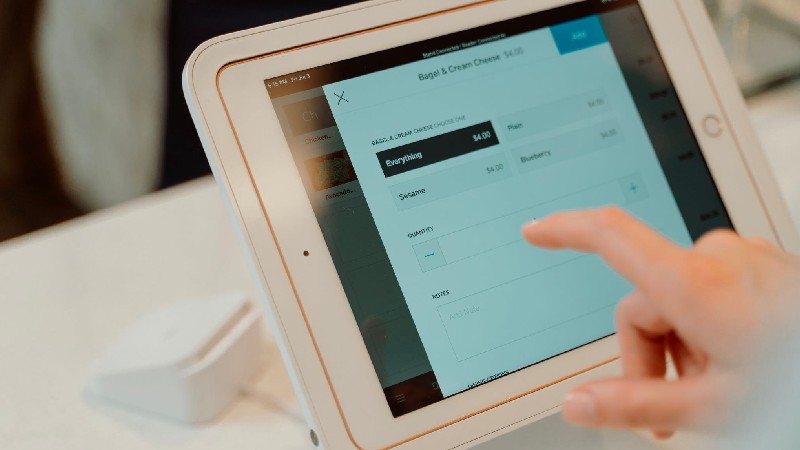What Is Visa Provisioning Service And How To Use It For Mobile Payments?

As technology continues to advance quickly, more people are turning to digital ways to make transactions and leaving behind traditional methods. Visa, a leader in widely accepted credit cards, is dedicated to offering its customers the best technology and services.
The Visa Provisioning Service is a machine-to-machine service that uses the Visa network to process mobile payments. It offers the Visa Token Service, which enables a single, secure authorization for cardless transactions. This service helps to simplify payment processes and make them more secure.
To stay ahead of the competition, Visa created the Visa Provisioning Service, which is used for mobile payments. In this article, we’ll examine what it is and how it can be used.
What Is Visa Provisioning Service?

As previously stated, the main goal of Visa’s Visa Provisioning Service is to offer flexibility for its customers. This service makes mobile payments simple by being built on the Visa network and adapting to new technology.
In the provisioning system, merchants can use a tokenized Visa account to bypass common challenges in accepting payments, such as merchant acquiring costs, fraud liability protection, and the need for customers to present credit cards at the point of purchase.
The Visa token service enables secure, one-time payment authorization for cardless transactions using an account on behalf of mobile devices and mobile network operators in apps or browsers. Additionally, banks also use the Visa Provisioning Service for added convenience.
One of the advantages of using the Visa Provisioning Service is its availability in over 200 countries, which provides a higher level of security compared to other payment methods. Furthermore, it can be integrated with any business, it’s user-friendly, and can be used for both online and mobile transactions. It also offers top-level security for both merchants and consumers.
However, there are also some downsides for consumers who use the Visa Provisioning Service. They cannot make purchases on mobile apps or websites, and additional fees may be incurred due to the service being outsourced.
Consumers also have to give up some privacy on their Visa account and are tracked by the company using the service. Transactions can also be declined due to insufficient funds, incorrect account information, or authorization issues. Because of these limitations some consumers may prefer to use non-NFC payments.
For businesses, there are also some drawbacks to using the Visa Provisioning Service. They may lose some control over transactions and may have difficulty switching processing providers. Additional fees may also be charged if credit cards expire or are not renewed. Overall, while the Visa Provisioning Service offers many advantages, it is important to consider the potential drawbacks before deciding to use it.
How To Use Visa Provisioning Service For Mobile Payments?

To use the Visa Provisioning Service for mobile payments, a customer’s device must wirelessly transmit data through Bluetooth or Near-Field Communication (NFC) technology in order to make a purchase without using a traditional credit card machine.
For this process to work, the customer must have an NFC chip embedded in their smartphone’s hardware. If their phone is an older model, they may not be able to take advantage of this service.
If their phone does have an NFC chip, the customer simply needs to touch an eligible device to an NFC terminal, which can be found at most stores and other locations. They will then be prompted to provide their fingerprint, password, or PIN to complete the transaction via the e-money reader.
How To Enroll For Visa Provisioning Services
To use the Visa Provisioning Service for mobile payments, consumers will need to first download an application on their phone. They will then need to contact their financial institution to activate the service on their device. The service uses a secure passcode to authenticate the user’s account and exchange security “keys” to unlock the NFC chip in the phone. This process, called tokenization, replaces the user’s account number with a token generated by the company to protect the user’s sensitive information.
Here is a step-by-step breakdown of the process:
- Enroll in a Visa account with a payment service and input all relevant account information, including the account number and security code.
- The service provider will contact Visa and request a payment token for the registered account.
- Once the request is approved by the bank, Visa replaces the primary account number with a token.
- The token is assigned to the transactions and is shared every time a payment is made, instead of the actual account number.
This process ensures that the user’s sensitive information is protected while they make payments.
How To Complete A Transaction Using The Visa Provisioning Services
In order to use the Visa Provisioning Service for mobile payments, consumers will need to first download an app on their phone. They will then need to contact their financial institution to activate the service on their device.
The service uses a secure passcode to authenticate the user’s account and exchange security “keys” to unlock the NFC chip in the phone. This process, called tokenization, replaces the user’s account number with a token generated by the company to protect the user’s sensitive information.
To complete the payment process, the user will need to input their account information using their phone’s keypad. This may include card details, zip code, and other relevant information. On an iPhone, the user should select the Apple Pay icon at the bottom of the screen.
This will open instructions and prompt the user to place their finger on the Touch ID or use Face ID to complete the process. The transaction will then be verified through the user’s biometric security system and completed within a few seconds.
Who Uses Visa Provisioning Service?

The Visa Provisioning Service is a flexible service that allows businesses to easily accept mobile payments by adapting to the latest technological advancements. It is built on the Visa network and is available in over 200 countries, providing a higher level of security compared to other payment methods.
The service uses tokenization to protect customers’ sensitive information and can be integrated with any business. However, it is important to consider the potential drawbacks such as additional costs, loss of control over transactions, and difficulty switching processing providers before deciding to use it.
Consumers will also need an NFC-enabled device to use the service and may be charged a service fee for using it. Despite these drawbacks, many businesses in the United States, such as Apple Pay, use the Visa Provisioning Service for mobile transactions due to its benefits in customer loyalty and security.
Some examples of companies that use Visa Provisioning Service include:
- Netflix
- Amazon
- Starbucks
- Citibank Mobile Banking Apps
- Macy’s Inc
- Apple
- Google (US Google Pay)
- Samsung
- Sony PlayStation store
- Pioneer Services corporation
- Dell financial services LLC
- The Home Depot Credit Card Company LLC.
- Chase Bank USA
Is Visa Provisioning Service Safe?
The Visa Provisioning Service is a secure method for mobile payments that uses tokenization and provisioning services to protect customer information. Transactions are completed using NFC technology, and the service includes multiple security measures such as biometric authentication and tokenized data encryption.
While there may be some drawbacks to using the service, such as service fees and additional costs, many businesses in the United States are using it due to its benefits in customer loyalty and security.
Additionally, the service is managed by a third-party service provider who is responsible for securely storing all customer data, ensuring that customer information is protected at all times. Overall, the Visa Provisioning Service is a secure and efficient method for completing mobile transactions.
What Is Visa Provisioning Service Charge?

Visa Provisioning Service (VPS) is a service that allows customers to use their mobile devices to make payments at merchants that accept cardless payments. It uses tokenization to replace the customer’s account number with a token generated by the company to protect the customer’s sensitive information.
To use the service, customers must have an NFC chip embedded in their smartphone’s hardware and will need to download an application on their phone and contact their financial institution to activate the service. The process is secure and uses biometric authentication, PIN authentication, and tokenized data encryption.
Some businesses may charge a service fee for using VPS, but this is a normal charge for using the service and does not indicate fraudulent activity. Additionally, the charge may appear on a customer’s bank account when adding a card to a mobile wallet or for other transactions such as validating a direct deposit or cashed check.
